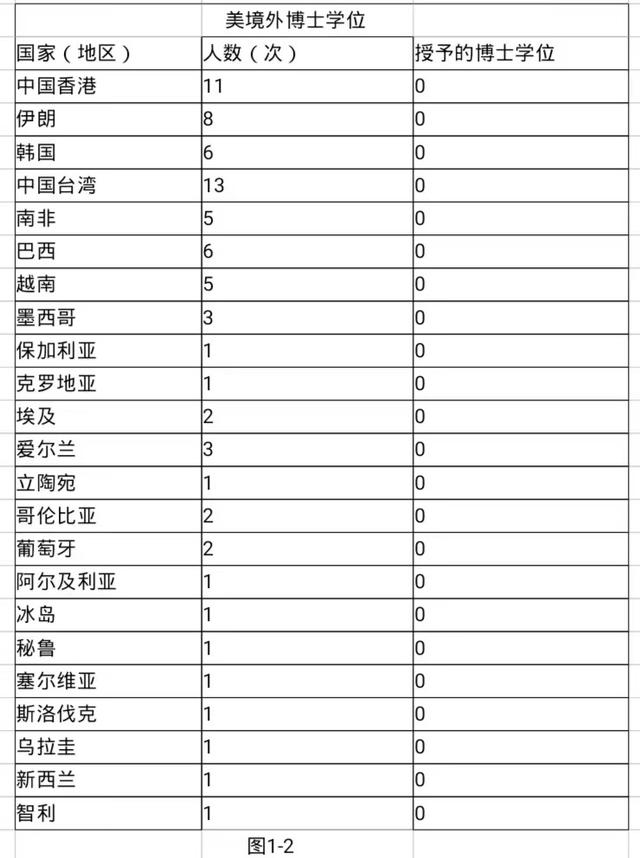pep六年级英语上册一单元知识总结(人教PEP版英语六年级上册期中知识点)

六年级上册期中知识总结
Unit 1 How can I get there?
重点单词、短语
where哪里
how 怎样
can能够
near近的
ask问
tell 告诉
far远的
science科学
hospital 医院
museum 博物馆
post office 邮局
library图书馆
bookstore 书店
usually通常
sometimes有时候
often 经常
know知道
near旁边
next to旁边(比near更近)
crossing 十字路口
turn left 向左转
turn right 向右转
go straight直走
in front of在…的前面
behind在...的后面
重点句型
1.How do you go to school? 你是怎样去上学的?
2.where is the restaurant? 餐馆在哪里?
3.Usually I go to school on foot.我通常走路去上学。
4.Sometimes I go by bike.有时候我骑自行车去。
5.问路之前,出于礼貌,我们要说“Excuse me.”与后面的句子要用标点符号隔开。
6.Look at the traffic lights, remember the traffic rules.看着交通灯,记住交通规则。
7.Stop at a red light.Wait at a yellow light.Go at a green light.红灯停。黄灯等一等。绿灯行。
8.Red means stop, yellow means wait, green means go.红色的意思是停止,黄色的意思是等待,绿色的意思是通行。
9.How can I get to the park? 我该怎样到达公园呢?
10.You can go by the No.15 bus.你可以坐15路公交车去。
重点知识及语法
1.坐某种交通工具用by,例如:by bike, by train。而走路用 “on” 例如on foot.
2.国家名字,地方名字第一个字母要大些:例如:Canada加拿大, China中国, America美国, England英国, Australia澳大利亚
3.频度副词是表示做的次数多少的词语。从多到少依次排列为:
always总是,usually通常,often经常,sometimes有时候,never从不。
频度副词可以放在句首,也可以放在人称后面。
例如:Usually I go to school by bus.= I usually go to school by bus.
4.near近的,far远的。这两个词是一对反义词。
注意: not near= far, not far = near.
5.时间前面用at.例如:在三点钟:at 3 o’ clock.
6.交通灯traffic lights,交通规则:traffic rules。这大部分的国家都是靠右行驶的:drivers drive on the right side of the road.
记住England and Australia,drivers drive on the left side ofthe road.英国和澳大利亚,司机是靠左行驶的。
7.on foot= walk, 都是走路的意思,但是用法不同,on foot用在句子末尾,而walk用法与go相同,可以代替go的位置。
例如:走路回家:walk home 走路去上学:walk to school
走路去上班 walk to work 走路去医院walk to the hospital
Unit2 Ways to go to school
重点单词、短语
by bike骑自行车
by bus坐公车
by train坐火车
by plane坐飞机
By ship坐轮船
by subway坐地铁
by taxi 乘出租车
on foot= walk 走路
Excuse me打扰一下
please请
buy买
want to想要
a pair of一双
get on上车 get off下车 turn left左转 turn right右转
am上午 pm下午 now现在 look for寻找 top停止 wait等待 get to到达 driver司机 must必须
重点句子
1.Let’s go to the nature park,让我们一起去公园吧!
2.How do we get there?我们怎样到达这里?By bus乘公交。
3.The park is over there,公园在那里。
4.Let’s go .我们一起出发吧!
5.Slow down and stop at a yellow light.黄灯等一等。
6.Stop and wait at a red light.红灯停。
7.Go at a green light.绿灯行。

重点知识
1.Is there 开头的问句怎么回答呢?
例如: Is there a cinema near here? 只要把前两个词语的顺序换一下就可以了,肯定回答是:Yes, there is.否定:No, there isn’t.
2.buy 和 by的区别这两个词语发音相同,但是意思完全不同,by:乘,坐 buy:买
3.地点名词前面一定要有the,
例如: Where is the cinema?How can I get to the hospital?
4.时间前面用at.例如:在三点钟:at 3 o’ clock.;一段时间前面用for,例如:三分钟for 3 minutes. 星期前面用on,例如:on Monday, on Tuesday, on Wednesday,on Thursday, on Friday, on Saturday, on Sunday.
5.在表达第几路公交车时,注意No.的书写,N要大写,后面别少了一点!!!
6.在哪里上下车,在哪里左右转,都用介词at,例如:Get on/ off at the cinema.在电影院的地方上下车。Turn left/ right at the bookstore.在书店的地方左右转。
7.by the No.12 bus= take the No.12 bus.坐12路公交车
Unit3 My weekend plan
重点单词
take a trip旅行
read a magazine读一本杂志
go to the cinema去看电影
this morning今天上午
this afternoon今天下午
this evening今天晚上
next week下个星期
tomorrow明天
tonight今晚
busy忙碌的
go home回家
post card明信片
comic book漫画书
newspaper报纸
dictionary字典
plant trees种树
重点句子
1.What are you going to do on the weekend?周末你将要做什么?
2.I'm going to visit my grandparents this weekend.我将要去拜访我的祖父母。
3.I'm going to have a busy weekend! 我将度过一个忙碌的周末。
4.I'm going to the supermarket with my mother.我将要和我妈妈去超市。
5.Where are you going this afternoon? 今天下午你将要去哪?
6.I'm going to the bookstore.我将去书店。
7.What are you going to buy? 你将要买什么?
8.I'm going to buy a comic book.我将要去买一本漫画书。
9.When are you going? 你将什么时候去?
10. I'm going at 3 o’clock.我将三点钟去。
11.What are you going to be? I'm going to be a policeman.
你将要成为什么样的人?我将要成为一名警察。
重点知识
1.时间往往放在句子的末尾。例如:What are you going to do this evening?
2.go to school去上学,go to work去上班, go to the cinema去看电影,go后面都要有to,但是要注意“回家”这个词组是:go home,中间绝对没有to。
3.with: 和,后面往往跟人。例如:I'm going to play football with my friends.我将要和我的朋友一起去踢足球。
4.疑问词:
where:哪里(地点) what:什么(东西,事情或职业)
when:什么时候(时间) how:怎么样(交通工具)
who:谁(人) why:为什么(答句中有because)
,免责声明:本文仅代表文章作者的个人观点,与本站无关。其原创性、真实性以及文中陈述文字和内容未经本站证实,对本文以及其中全部或者部分内容文字的真实性、完整性和原创性本站不作任何保证或承诺,请读者仅作参考,并自行核实相关内容。文章投诉邮箱:anhduc.ph@yahoo.com






